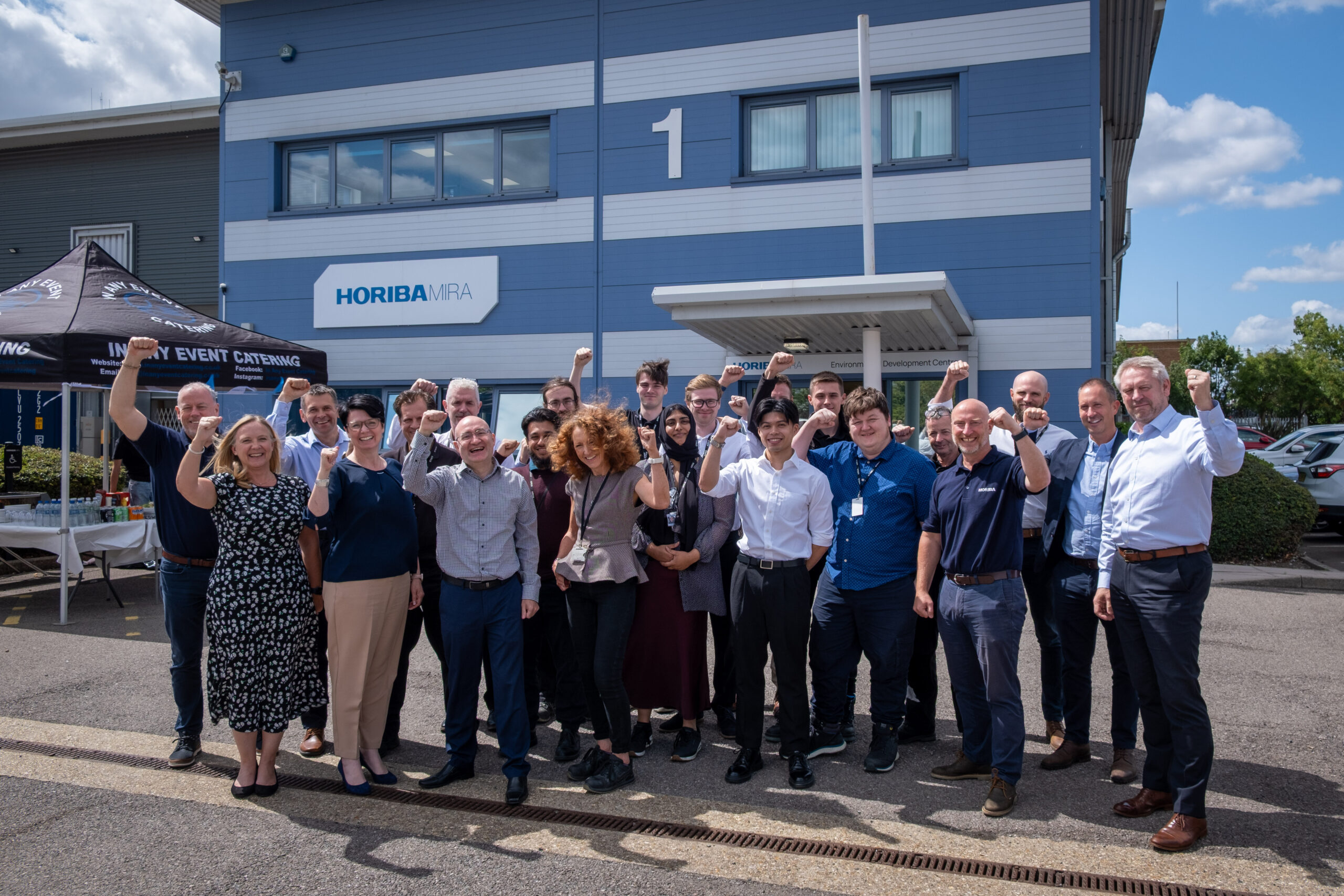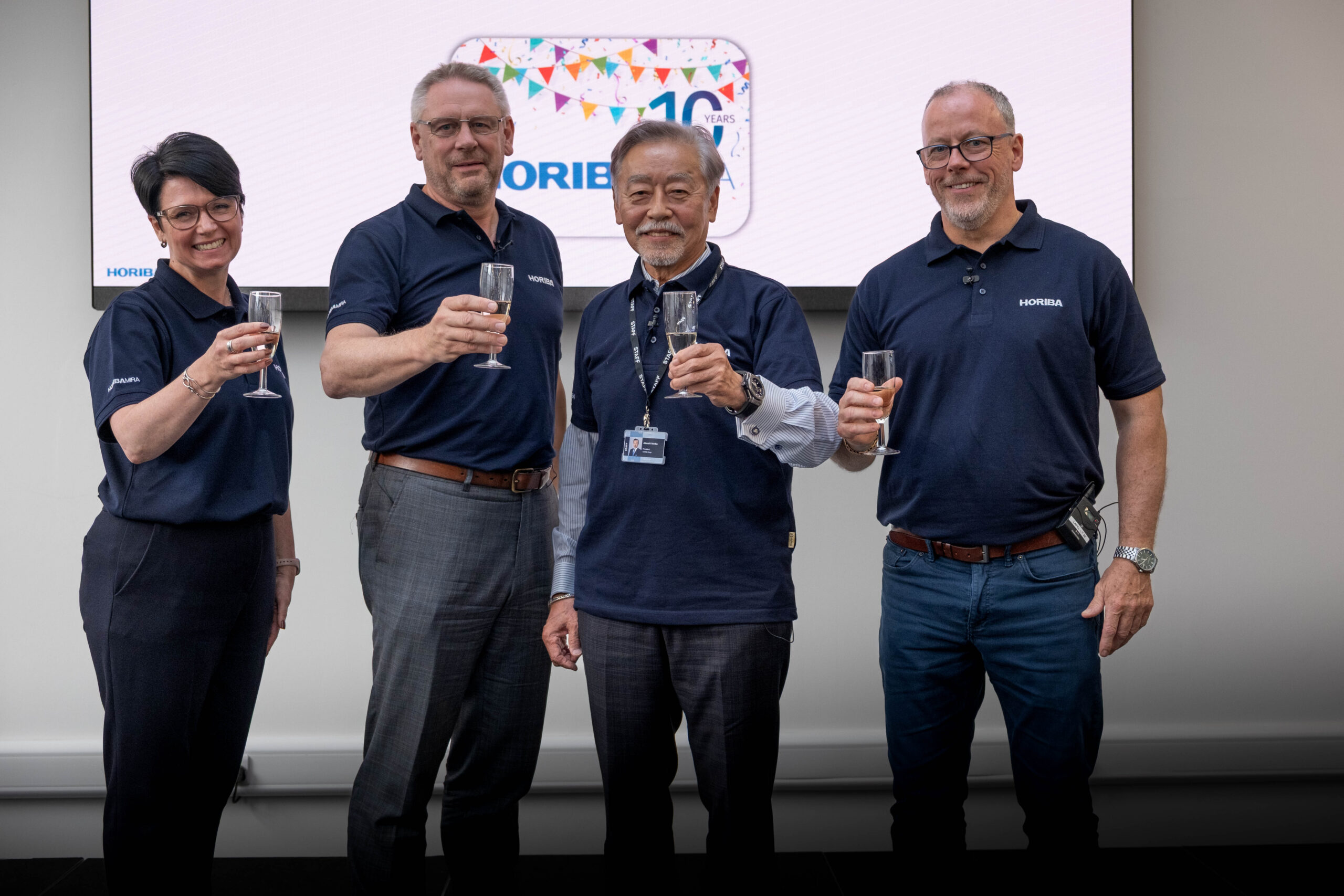
A Chartered Engineer and graduate of Imperial College, Heriot Watt University and Henley Management College, Anthony is responsible for delivering MIRA’s expanding portfolio of strategic research programmes focussed on low carbon and intelligent mobility technologies. He was also formerly a director of innovITS, the UK National Centre of Excellence in Telematics and chairman of the European Car Aerodynamics Research Association.
Mobility of people and goods is key to driving economic prosperity, whilst reducing the CO2 emissions associated with mobility is vital for the sustainability of our planet. Optimising our mobility is therefore a growing area of opportunity for the UK to pioneer new products and services that enable both goals for commercial export to other countries.
The number of vehicles on the road is increasing at a faster rate than the supporting infrastructure can keep up with – as an example it is estimated that around 7,500km of European roads are blocked every day adding 6% to Europe’s fuel bill. Increasing road capacity is expensive and, in urban environments where the problem is most pronounced, not feasible even if we could afford it.
Whilst many people herald public transport as the answer, in reality this is not a viable solution in the short or medium term. There are still nearly 7 times more passenger kilometres travelled by car in London than by underground for example, underlining our mobility preferences as well as the limitations on capacity.
Intelligent Mobility is the term increasingly being used to encapsulate the harnessing of information technologies in order to ‘optimise’ mobility by using existing infrastructure more efficiently. However, understanding the opportunities and barriers in this field requires a high level systems view of the mobility challenge – one which focuses on how to optimise the performance of a system capable of meeting a variety of different stakeholder needs (such as increased traffic flow, reduced emissions, efficient personal mobility, reduced accidents, fast emergency response etc) and sees various sub-systems working together harmoniously.
One major hurdle in overcoming this challenge from the mobility systems perspective is that these sub-systems reside in quite different industry sectors and have different ‘owners’. High level sub-systems are principally operated the infrastructure owners (government), providers of mobility devices (e.g. car manufacturers) and the communications or information providers (e.g. telecomminications companies).
These orgnaisations have radically different value systems and product development lifecycles (compare the speed of development within the smartphone market with that of a car for example). Nevertheless the need for mobility is so great that forces are beginning to emerge that will bring these disparate sectors together.
In particular, information and communications providers are becoming a conduit for sharing technologies – allowing new ideas for mobility solutions to form, flow and converge across the interfaces between sectors. Car companies are no longer just in the business of making and selling vehicles for example.
Whilst automotive manufacturers have largely been an observer in the communications and information technologies revolution occurring outside of the vehicle this is now changing. You need only look to major players such as Ford for evidence of this, which has declared that “apps on wheels” are creating new business opportunities and in response has developed connectivity solutions that allow drivers to utilise devices such as smartphones within the car rather than develop their own embedded equivalent.

Ford has said that ‘apps on wheels’ are becoming an important business driver
This is the start of a growing trend but improving the flow and utility of information, is the key to deploying intelligent mobility across the entire transport system. Achieving this not only requires increased connectivity between vehicles, infrastructure and dfferent transport modes but also new advanced software systems that use sophisticated algorithms (I am currently researching cloud computing as a potential solution for optimising traffic control in urban areas using for example).
Of course improving the flow of information also requires barriers such as privacy and security to be addressed, indeed non technical influences such as government policy will be equally challenging in the pursuit of mobility. However, there are encouraging examples that we can learn from industries including banking, where similar systemic barriers have been overcome.
Perhaps the greatest challenge is how to develop and sustain a dialogue between the different stakeholders (including government) which will support a holistic examination of intelligent mobility – so that all parties can interact strategically. It’s therefore encouraging to see that in the recent budget the chancellor announced the government’s will set up a centre that ‘will bring together world leading IT companies, innovative SMEs and leading universities to commercialise technologies that will increase efficiency and improve the quality of life for transport users.’
If we can collectively solve this problem then I’m confident the UK has the imagination, research and engineering skills to be a global leader in providing intelligent mobility solutions. If we can’t, then the mobility system will continue to be sub-optimal and we will look on as other countries take the lead.







